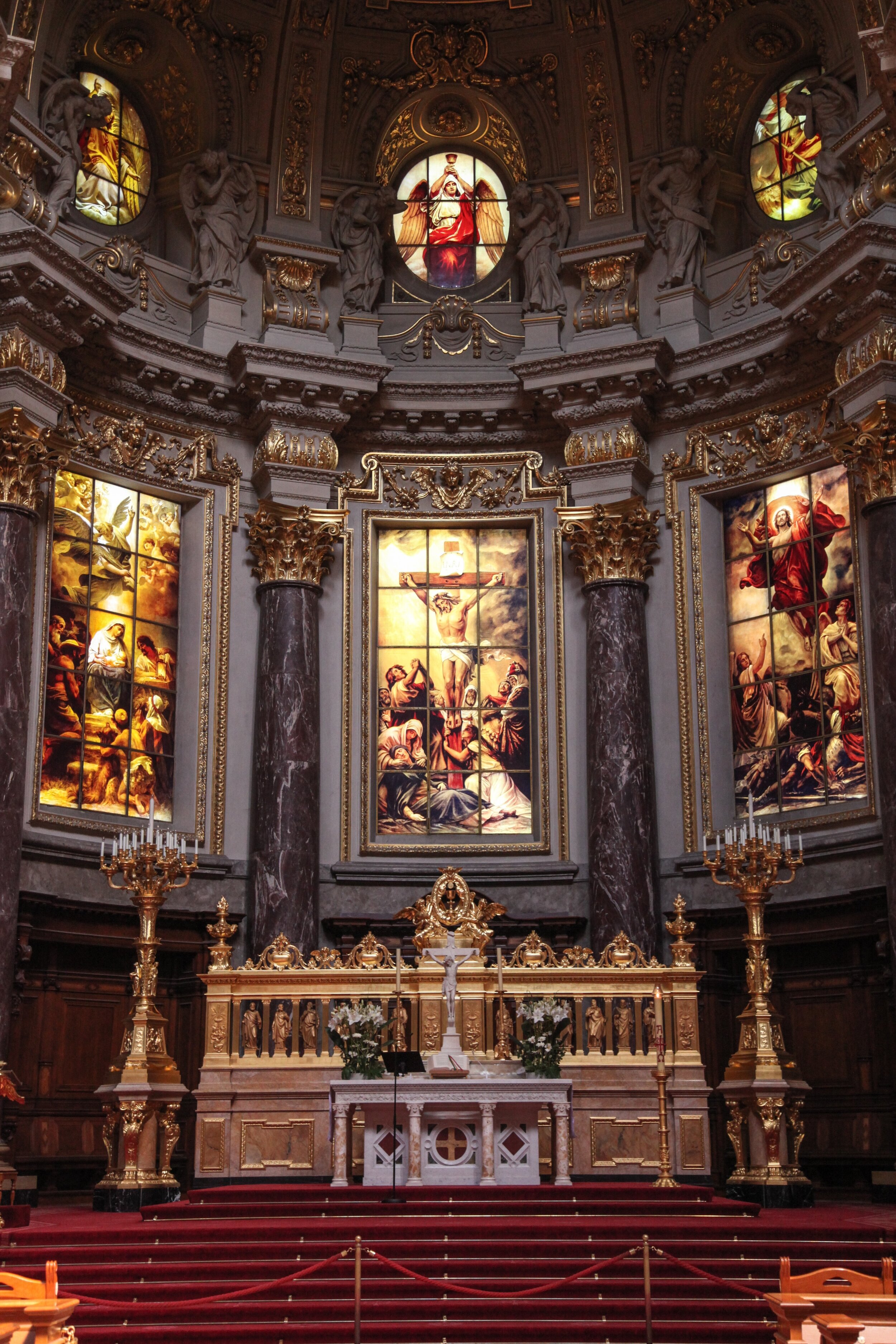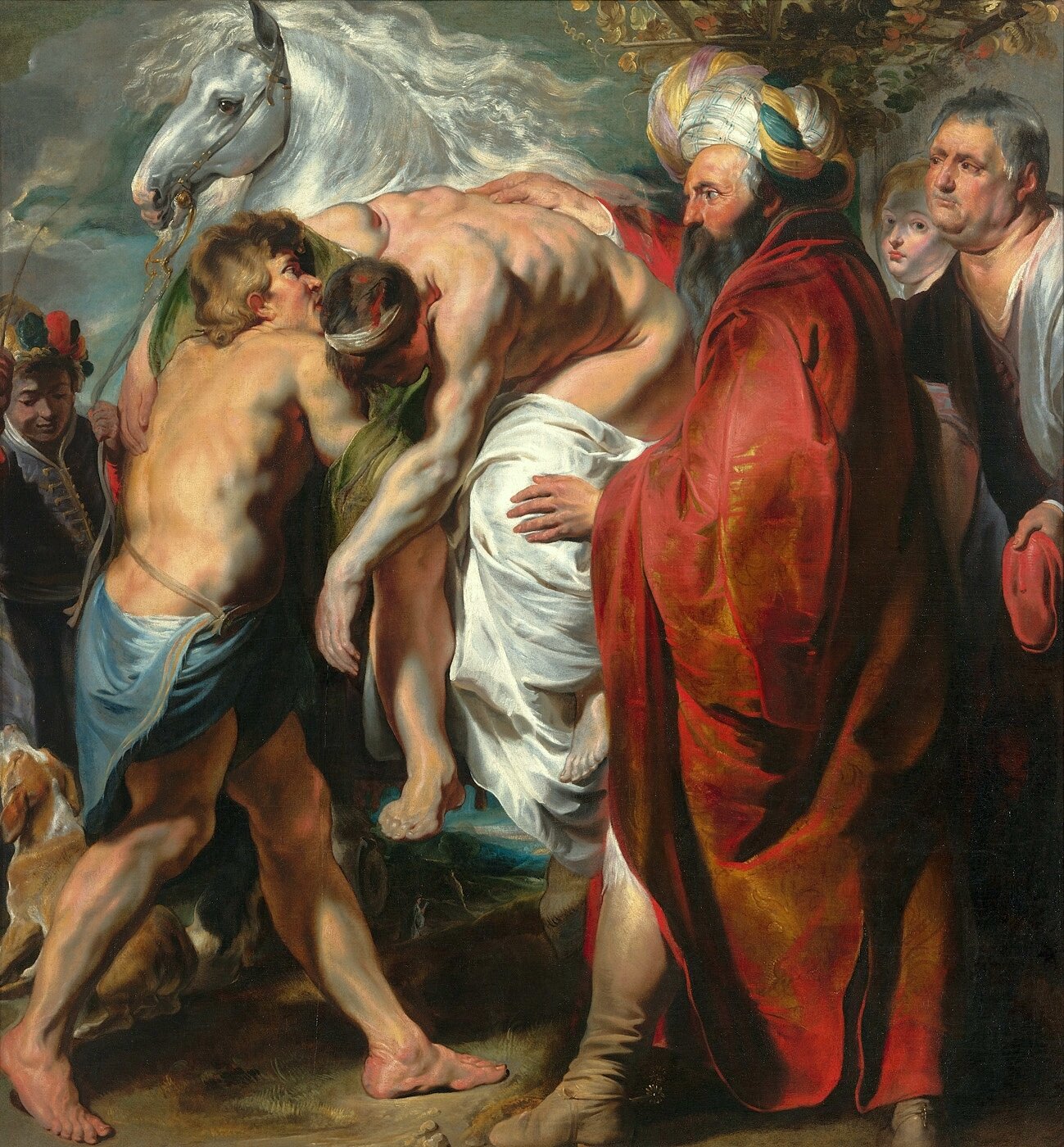
Introduction to the Sacraments
“The Sacraments infuse holiness into the terrain of man's humanity: they penetrate the soul and body, the femininity and masculinity of the personal subject, with the power of holiness.”
Pope St. John Paul II
The Lord calls us to be Transformed through Discipleship by the Sacraments.
The Sacraments form an economy, a work, of salvation designed for mankind. Simply put ‘Grace elevates and perfects human nature’ and the grace given to human beings from on high is structured sacramentally so that it tunes into, is in symphonic harmony with, and is ordered to human nature by the Divine Wisdom and Power of the Blessed Trinity.
The seven Sacraments are Actions of Christ Who is Head of the Church, as the Church is the Body of Christ and so they are like seven arteries in the Body of Christ.
Sacraments of Initiation
Baptism, Confirmation, and the Eucharist - lay the foundations of every Christian life.
"The faithful are born anew by Baptism, strengthened by the sacrament of Confirmation, and receive in the Eucharist the food of eternal life. By means of these Sacraments of Christian initiation, they thus receive in increasing measure the treasures of the divine life and advance toward the perfection of charity."
CCC 1212
Baptism
Confirmation
Eucharist
Sacraments of Healing
Confession [Reconciliation] and Anointing of the Sick
“The Lord Jesus Christ, physician of our souls and bodies, who forgave the sins of the paralytic and restored him to bodily health, has willed that his Church continue, in the power of the Holy Spirit, his work of healing and salvation, even among her own members”. CCC 1421
Reconciliation
Anointing of the Sick
Sacraments of Growth
Holy Matrimony and Holy Orders (Bishop; Priest; Deacon)
Holy Orders and Matrimony are directed towards the salvation of others; if they contribute as well to personal salvation, it is through service to others that they do so. They confer a particular mission in the Church and serve to build up the People of God. CCC1534
Holy Matrimony
Holy Orders
The Parable of the Good Samaritan - Luke 10:29-32
The Parable of the Good Samaritan is used by the Church Fathers to show that the Sacraments are designed for a mankind subject to unreason and sin.
The man attacked by the brigands is us, fallen man. The road to Jericho away from Jerusalem represents the fact that the man has chosen the wrong road because he is walking away from God’s city, Jerusalem, towards sin city, Jericho. On this wrong road, man is attacked by the devil’s forces (the brigands). In being ‘left half-dead’, this represents the actual state every sinner is in, that although physically alive, the soul is dead because of sin: man has been stripped of his gifts and wounded in his nature [spoliatus gratuitis, vulneratus in naturalibus].
The Levi represents human attempts at making sacrifices for sin which do not work and cannot help the fallen human race. The Scribe represents the law that cannot bring a soul back to life. Jesus as the Good Samaritan comes to save mankind. He feels compassion for the man representing God’s mercy. He bandages his wounds pouring oil and wine on them, this represents the way Christ works in the Sacraments healing us from sin. He puts him on a donkey, which represents the way of healing lies in walking with humility and trusting in Christ Who leads us to salvation.
He brings the man to the Innkeeper and looked after him which represents that Christ brings fallen man to His Church gathered around His apostles (the Inn and the Innkeeper) where He looks after him. He gives the innkeeper two denarii and says to him ‘Look after him and on my way back I will make good any extra expense’: the two denarii represent the two great Commandments to love God and our neighbour and promises the apostles and their successors that He will come again (the Second Coming) and will reward them for their service (‘make good any extra expense’).









